Field Camp
November 20, 2017
Geology field courses have been a part of geosciences education at UT for nearly a century. Students in the Jackson School’s three summer field courses—GEO 660, Marine Geology and Geosciences, and Hydrology—continued the tradition.
GEO 660
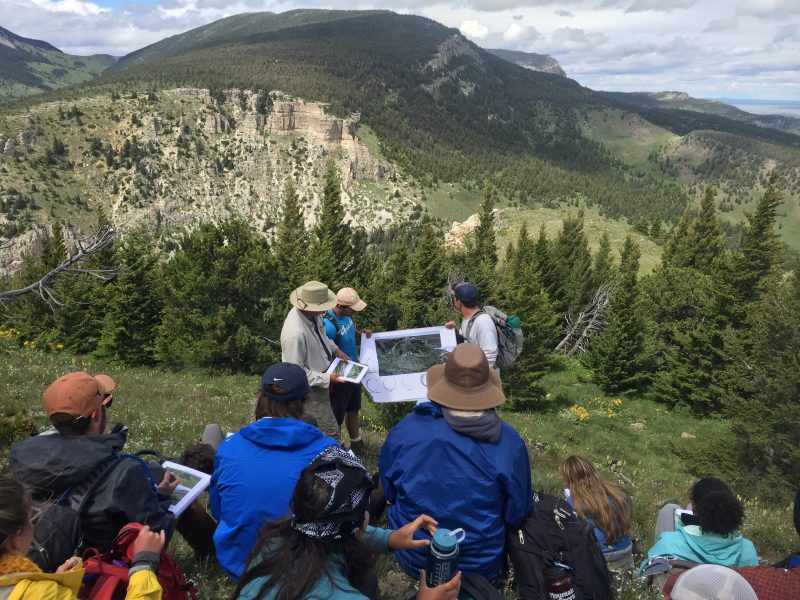
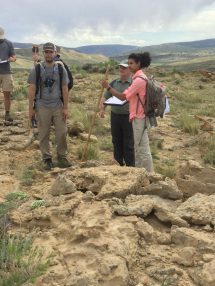
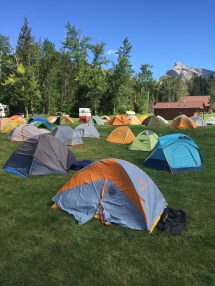
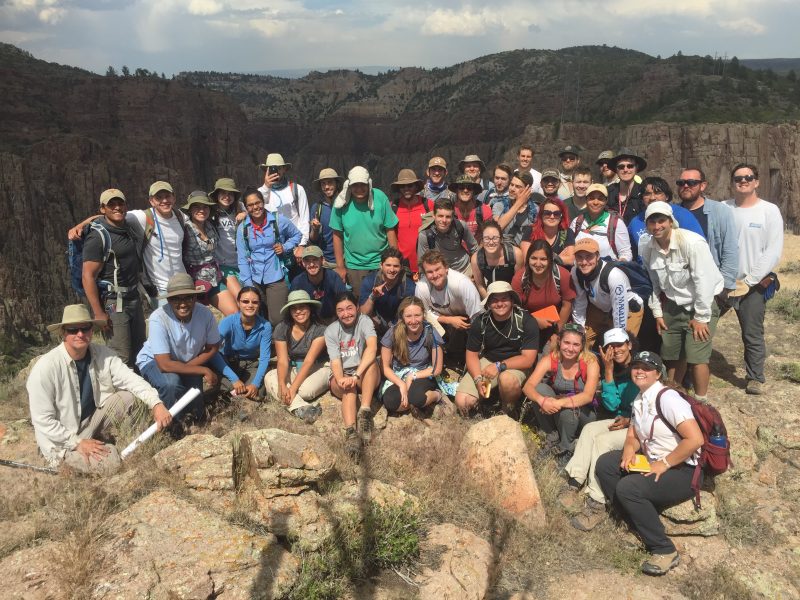
lllllllllllllllllllllllllllllllllllllllllllllllllllllllllllllllllllllllllllllllllllllllllllllllllllllllllllllllllllllllllllllllllllllllllllllllllllllllllllllllllllllllllllllllllllllllllllllllllllllllllll
Notes from the Field
The 2017 GEO 660 class spent six weeks camping and lodging at geological sites in seven states, learning how to interpret geological relationships large and small. Their stops included the Permian Basin of West Texas and New Mexico; the Sacramento Mountains and White Sands National Monument of New Mexico; the Sawtooth, Big
Belt and Pioneer Mountains of Montana; and the Valles Caldera of The Jemez Mountains, New Mexico. The group conducted about 15 projects that taught new skills and honed existing ones in sedimentary geology, structural geology and mapping, igneous and metamorphic geology and economic geology. Distinguished Senior Lecturer Mark Helper led the class, which included site-specific instruction by other faculty experts including Whitney Behr, James Gardner, Peter Hennings, Brian Horton, Charles Kerans, David Mohrig, and Ronald Steel. Faculty were assisted by assistant instructor Tomas Capaldi and six teaching assistants who rotated through three-week appointments.
MG&G
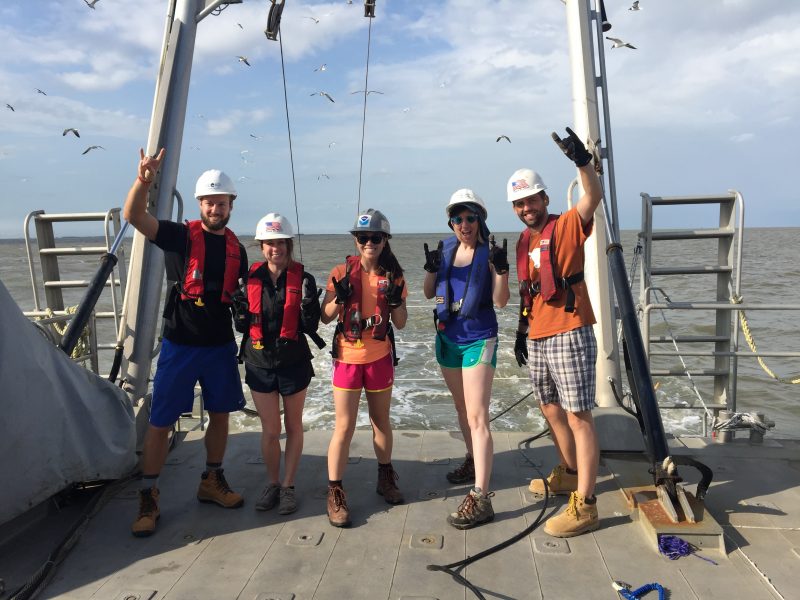
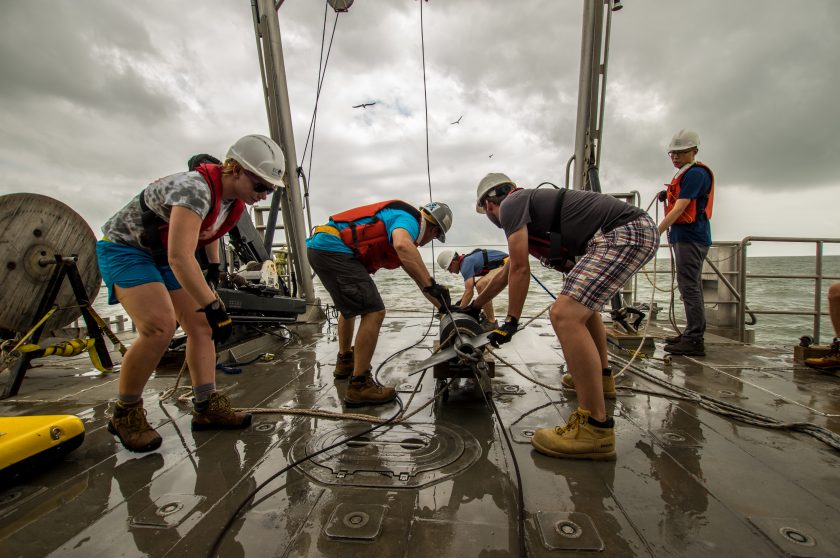
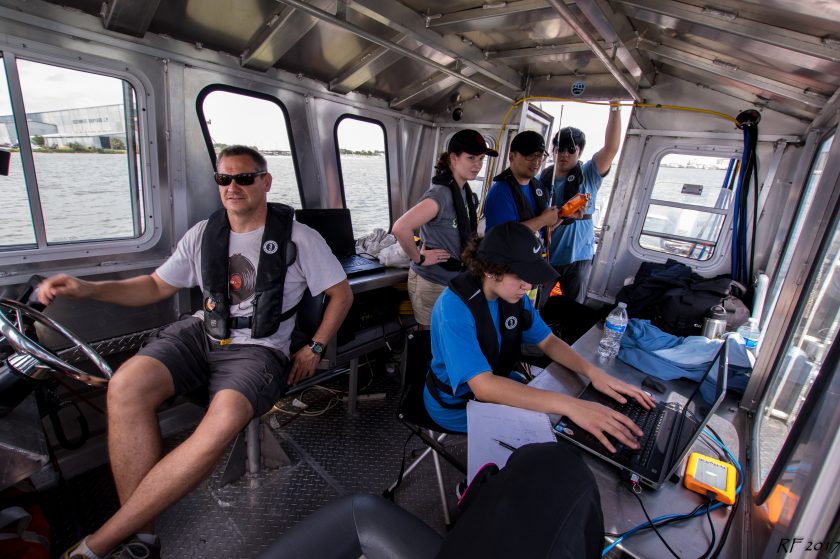
Notes from the Field
The summer of 2017 marked the 10th year of the Marine Geology and Geophysics field course. The class began with three days of classroom and lab instruction from experts at the University of Texas Institute for Geophysics (UTIG). The class then travelled to Galveston for seven days of at-sea fieldwork and on-shore lab work. Students rotated daily between an onshore lab facility and two small research vessels: the R/V Scott Petty for multibeam, sidescan and sediment sampling; and R/V Manta for multichannel seismic reflection, chirp and coring. This year’s course imaged and mapped the buried river valley and associated channels of the Trinity River beneath Galveston Bay and the Texas shelf. Back in Austin, students, integrated and interpreted data for a final project that examined the geologic history of the survey area.
“All our amazing instructors have obviously put their expertise into the class. The main benefits of the class came from the field survey in the Gulf of Mexico and the final group presentation. I hope that all Jackson School students can take this class.”
– WOONG MO KOO, GRADUATE STUDENT
Hydro
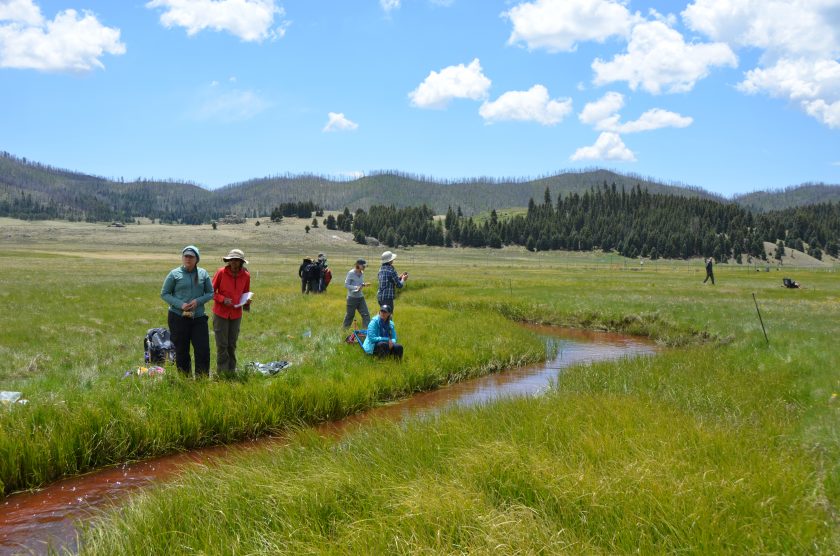
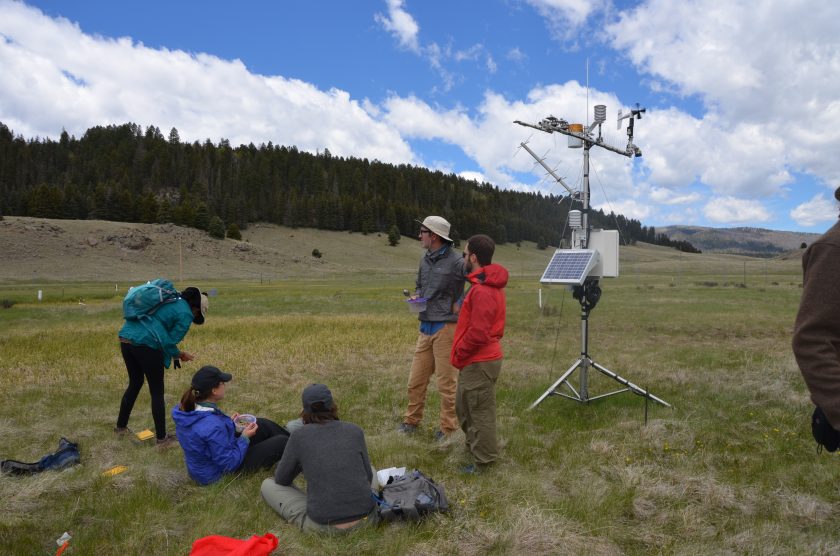
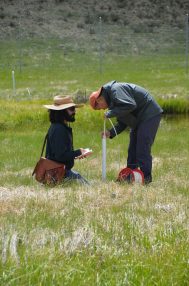
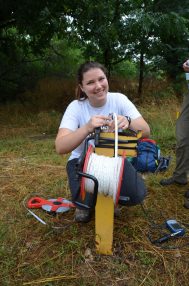
ppp
Notes from the Field
Students in the 2017 hydrology field course applied the knowledge and skills they learned in the classroom to investigate hydrogeologic processes in diverse settings. With the generous help of Geoprojects International (owned by Jackson School alumnus Pat Goodson) and hydrogeologists from the Bureau of Economic Geology, students drilled new wells and performed pump tests along the Colorado River in Hornsby Bend. Students then traveled to the Valles Caldera National Preserve in New Mexico where they used geophysical imaging, geochemical sampling, hydrological monitoring, and stream gauging to probe connections between groundwater and surface water dynamics.
Back to the Newsletter“We were given the reins to develop our own research questions, design a field methodology, process our data, and synthesize conclusions to help tell the hydrologic story of the caldera. This type of field experience is invaluable to me as I prepare for a career in hydrogeology in Texas and beyond.”
– CAROLINE HACKETT, GRADUATE STUDENT
